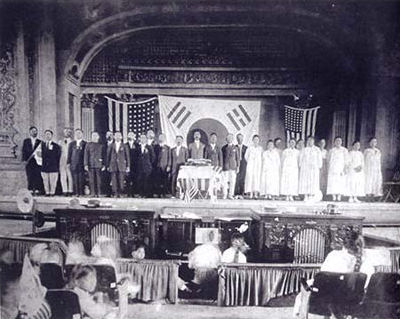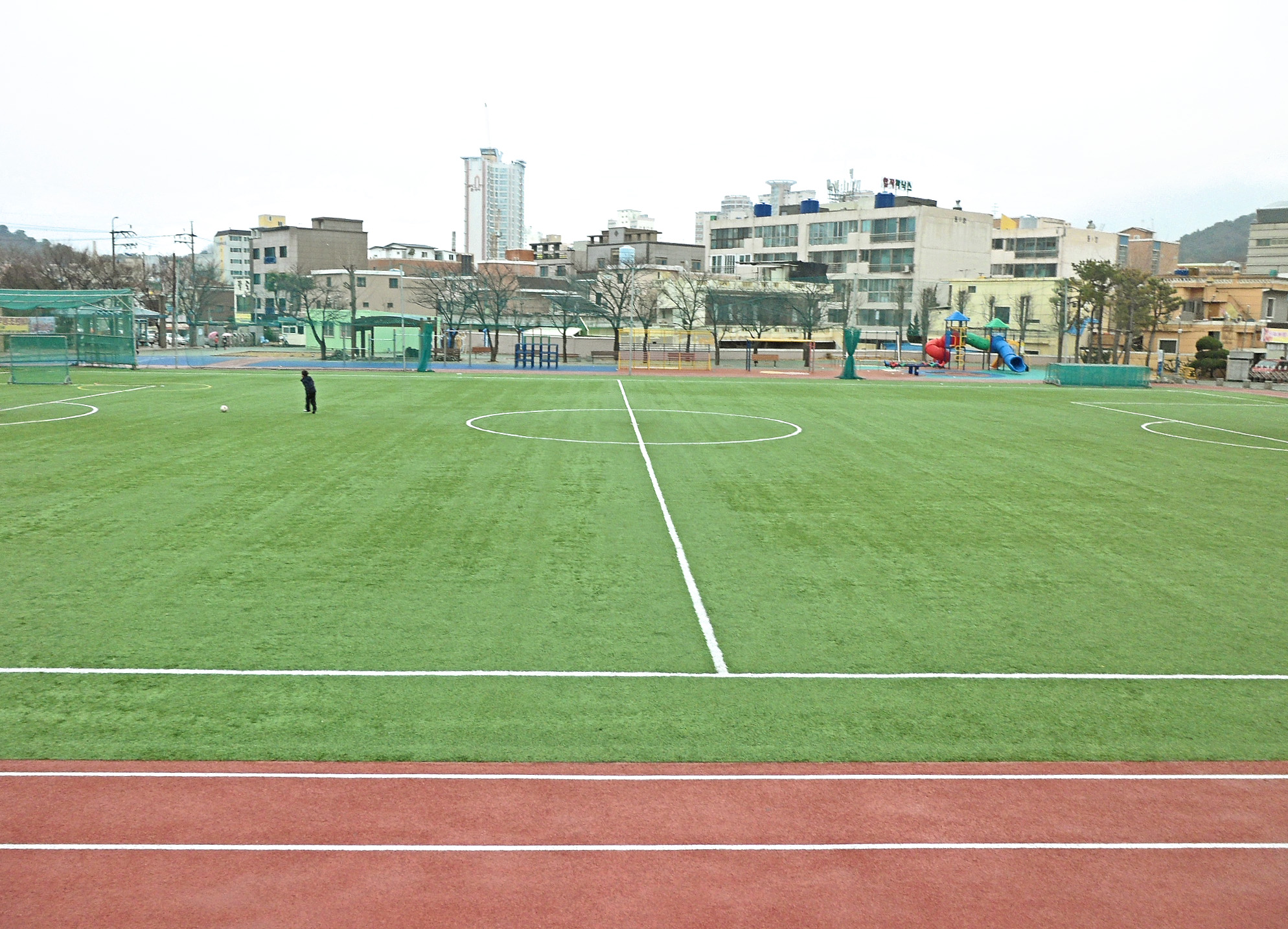|
Daehyeon-dong, Ulsan
Daehyeon-dong is a ''dong (administrative division), dong'', or neighborhood, of Nam District, Ulsan, Nam-gu in Ulsan, South Korea. Originally Yaeum 2-dong, the neighborhood was renamed in 2007. Education The following schools are located in Daehyeon-dong: Elementary schools *Daehyun Elementary School, Daehyun elementary school (대현초학교) *Dosan elementary school (도산초등학교) *Ulsan Nambu elementary school (울산남부초등학교) *Ya-eum elementary school (야음초등학교) *Yeocheon elementary school (여천초등학교) *Yong-yeon elementary school (용연초등학교) Middle schools *Taehwa middle school (태화중학교) *Ya-eum middle school (야음중학교) High schools *Daehyeon high school (대현고등학교) *Sinseon girls' high school (신선여자고등학교) References External linksUlsan Namgu home page [...More Info...] [...Related Items...] OR: [Wikipedia] [Google] [Baidu] |
Hangul
The Korean alphabet, known as Hangul, . Hangul may also be written as following South Korea's standard Romanization. ( ) in South Korea and Chosŏn'gŭl in North Korea, is the modern official writing system for the Korean language. The letters for the five basic consonants reflect the shape of the speech organs used to pronounce them, and they are systematically modified to indicate phonetic features; similarly, the vowel letters are systematically modified for related sounds, making Hangul a featural writing system. It has been described as a syllabic alphabet as it combines the features of alphabetic and syllabic writing systems, although it is not necessarily an abugida. Hangul was created in 1443 CE by King Sejong the Great in an attempt to increase literacy by serving as a complement (or alternative) to the logographic Sino-Korean ''Hanja'', which had been used by Koreans as its primary script to write the Korean language since as early as the Gojoseon period (spanni ... [...More Info...] [...Related Items...] OR: [Wikipedia] [Google] [Baidu] |
Dosan Elementary School
Ahn Changho, sometimes An Chang-ho (; , November 9, 1878 – March 10, 1938) was a Korean independence activist and one of the early leaders of the Korean-American immigrant community in the United States. He is also referred to by his pen name Dosan (도산; 島山 ). A Protestant social activist, he established the Shinminhoe (New Korea Society) when he returned to Korea from the US in 1907. It was the most important organization to fight the Japanese occupation of Korea. He established the Young Korean Academy (흥사단; 興士團) in San Francisco in 1913 and was a key member in the founding of the Provisional Government of the Republic of Korea in Shanghai in 1919. Ahn is one of two men believed to have written the lyrics of " Aegukga", the South Korean national anthem. Besides his work for the Independence Movement, Dosan wanted to reform the Korean people's character and the entire social system of Korea. Dosan's key efforts were in educational reforms and moder ... [...More Info...] [...Related Items...] OR: [Wikipedia] [Google] [Baidu] |
Daehyeon High School
Dae-hyun is a Korean masculine given name. Its meaning differs based on the hanja used to write each syllable of the name. There are 17 hanja with the reading "dae" and 35 hanja with the reading " hyun" on the South Korean government's official list of hanja which may be registered for use in given names. People with this name include: *An Dae-hyun (born 1962), South Korean Greco-Roman wrestler * Daniel Dae Kim (born Kim Dae-hyun, 1968), American actor * David Cho (journalist) (born David Dae-Hyun Cho), American journalist *Chong Tae-hyon (born 1978), South Korean baseball player * Yoo Dae-hyun (born 1990), South Korean football player * Jung Dae-hyun (born 1993), South Korean singer, member of boy band B.A.P * Jang Dae-hyeon (born 1997), South Korean singer, member of boy band WEi See also *List of Korean given names This is a list of Korean given names by type. Most Korean given names consist of two Sino-Korean morphemes each written with one hanja. There are also names with ... [...More Info...] [...Related Items...] OR: [Wikipedia] [Google] [Baidu] |
High School
A secondary school describes an institution that provides secondary education and also usually includes the building where this takes place. Some secondary schools provide both '' lower secondary education'' (ages 11 to 14) and ''upper secondary education'' (ages 14 to 18), i.e., both levels 2 and 3 of the ISCED scale, but these can also be provided in separate schools. In the US, the secondary education system has separate middle schools and high schools. In the UK, most state schools and privately-funded schools accommodate pupils between the ages of 11–16 or 11–18; some UK private schools, i.e. public schools, admit pupils between the ages of 13 and 18. Secondary schools follow on from primary schools and prepare for vocational or tertiary education. Attendance is usually compulsory for students until age 16. The organisations, buildings, and terminology are more or less unique in each country. Levels of education In the ISCED 2011 education scale levels 2 and 3 c ... [...More Info...] [...Related Items...] OR: [Wikipedia] [Google] [Baidu] |
Middle School
A middle school (also known as intermediate school, junior high school, junior secondary school, or lower secondary school) is an educational stage which exists in some countries, providing education between primary school and secondary school. The concept, regulation and classification of middle schools, as well as the ages covered, vary between and sometimes within countries. Afghanistan In Afghanistan, middle school includes grades 6, 7, and 8, consisting of students from ages 11 to 14. Algeria In Algeria, a middle school includes 4 grades: 6, 7, 8, and 9, consisting of students from ages 11–15. Argentina The of secondary education (ages 11–14) is roughly equivalent to middle school. Australia No regions of Australia have segregated middle schools, as students go directly from primary school (for years K/preparatory–6) to secondary school (years 7–12, usually referred to as high school). As an alternative to the middle school model, some secondary schools classi ... [...More Info...] [...Related Items...] OR: [Wikipedia] [Google] [Baidu] |
Yeocheon Elementary School
Yeocheon City (), also called as Yeocheon-si, or shortly Yeocheon, was a former si (city) in South Jeolla Province ( Jeollanam-do), South Korea. The city was located in central part of the Yeosu Peninsula, south-eastern part of South Jeolla Province. It was established on 1 January 1986, was split from Yeocheon County (Yeocheon-gun), and it was dissolved on 1 April 1998, was merged to Yeosu City (Yeosu-si). It had seven (7) haengjeongdong, and maybe twenty four (24) beopjeongdong. The former Yeocheon city hall was in Ssangbong-dong by haengjeongdong, Hak-dong by beopjeongdong. It is used to the Yeosu city hall since 1 April 1998. Administrative divisions (dong) It had seven haengjeongdong: Myodo-dong, Samil-dong, Sangam-dong, Sijeon-dong, Ssangbong-dong, Yeocheon-dong and Jusam-dong, and maybe twenty four beopjeongdong A ''dong'' or neighborhood is a submunicipal level administrative unit of a city and of those cities which are not divided into wards throughout Korea. ... [...More Info...] [...Related Items...] OR: [Wikipedia] [Google] [Baidu] |
Ulsan Nambu Elementary School
Ulsan (), officially the Ulsan Metropolitan City is South Korea's seventh-largest metropolitan city and the eighth-largest city overall, with a population of over 1.1 million inhabitants. It is located in the south-east of the country, neighboring Busan to the south and facing Gyeongju to the north. Ulsan is the industrial powerhouse of South Korea, forming the heart of the Ulsan Industrial District. It has the world's largest automobile assembly plant, operated by the Hyundai Motor Company; the world's largest shipyard, operated by Hyundai Heavy Industries; and the world's third largest oil refinery, owned by SK Energy. In 2020, Ulsan had a GDP per capita of $65,352, the highest of any region in South Korea. Administrative divisions Ulsan is divided into four '' gu'' (districts) and one '' gun'' (county): * Buk District () * Dong District () *Jung District () * Nam District () * Ulju County () History Stone tools found at the Mugeo-dong Ok-hyeon archaeological site indicat ... [...More Info...] [...Related Items...] OR: [Wikipedia] [Google] [Baidu] |
Daehyun Elementary School
Daehyun Elementary School () is a public elementary school located in Daehyeon-dong, Nam-gu, Ulsan, South Korea. There are 962 students from kindergarten to the sixth grade at Daehyun during the 2013–2014 school year. About 80 teachers and other faculty are employed at Daehyun including workers completing their mandatory military service and one native-English-speaking teacher. Daehyun has also been used as a high school academy after regular class hours. High school students receive credit towards their certificates for completing classes at Daehyun such as math, science, and English. Additionally, high school students work as mentors to elementary school students during summer and winter break to receive additional credit. The school was founded on 8 July 1925 and was relocated to its current location on 1 March 1973. School symbols The school's logo is a check mark inside of a cog wheel and symbolizes wisdom and health. The school's flower is the chrysanthemum, sy ... [...More Info...] [...Related Items...] OR: [Wikipedia] [Google] [Baidu] |



